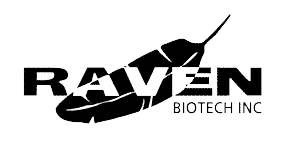Fits Your System Easily
The system has been designed to easily connect to an existing bioreactor system without using a large amount of valuable benchspace. This is a complete stand alone unit providing monitoring and control of methanol concentration. A computer is not required. Data logging can be performed by a simple connection of a 0-10 volt chart recorder to the rear panel or logged directly into a computer system. The 0-10 volt analog output can be directly input into proprietary software along with other peripheral equipment such as weight scales therefore allowing real time data acquisition. This then allows the user to create sophisticated control algorithms that are specific for a particular application.
Other Applications
Although the Methanol Sensor has been designed for the measurement and control of methanol concentration in Pichia pastoris fermentations, this system may prove itself useful in many other applications.
Repressive carbon sources such as glucose or ethanol both exhibit negative effects, and complete utilization of such carbon sources in the batch phase allows depression. Since the Raven Methanol Sensor also detects ethanol, if during the batch phase an increase in sensor signal is observed, this may indicate ethanol production. By allowing complete exhaustion of the ethanol prior to methanol induction, repression can be avoided.
Mixed feeding protocols, mainly implemented with MutS strains can be a very effective means of increasing production of your protein of interest. In the past, various compositions of mixed carbon feeds e.g. glycerol/methanol have been employed to increase productivity. With the ability to monitor and control the methanol concentration, one can separate feeding systems for glycerol addition, thus allowing the user more flexibility in maintaining limited glycerol concentrations.
Raven Biotech’s Methanol Sensor measures the concentration of volatile combustible components in the liquid phase. It can be used directly for measuring the concentration of a variety of alcohols. This may be useful in applications such as biofuels or bioremediation.
